My favourite painting: Lord Dalmeny
'There is no religious dogma, just entrancing charm, whimsy and Pony Club heroics on display under the dark Narnian canopy'
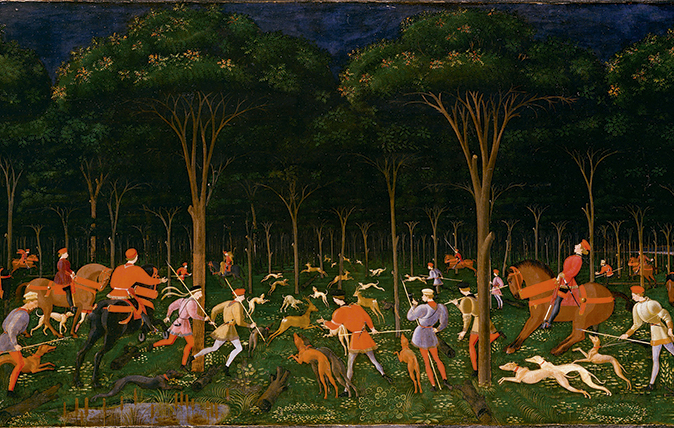

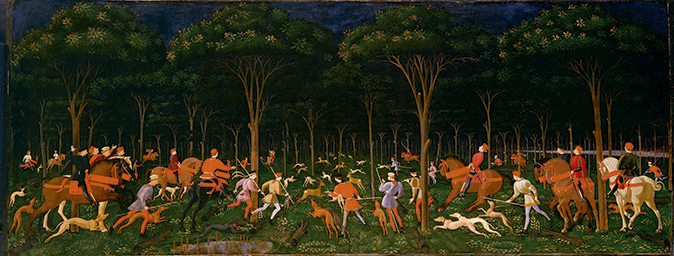
The Hunt in the Forest, about 1470, by Paolo Uccello (1397–1475), Ashmolean Museum, Oxford
Lord Dalmeny says:
I got my first internship at Sotheby’s on the back of a precocious essay on this picture and I still love it with a childish sense of wonder. There is no religious dogma, just entrancing charm, whimsy and Pony Club heroics on display under the dark Narnian canopy. Studying art history at Cambridge, I pseudishly invented echoes of it in essays on Seurat’s Bathers and Hobbema’s Avenue at Middelharnis. It now appears perfectly composed for an iPhone panorama, as if Paolo had left an Easter egg for today in his perspective lesson from 500 years’ distance.
Lord Dalmeny is an auctioneer and the Chairman of Sotheby’s UK and Ireland
John McEwen comments on The Hunt in the Forest:
More than half a century after Uccello’s death, Vasari wrote: ‘Artists who devote more attention to perspective than to figures develop a dry and angular style… and, moreover, they usually end up solitary, eccentric, melancholy, and poor, as indeed did Paolo Uccello himself.’ This masterpiece, his last-known and best-preserved painting, denies the criticism.
The assertion that his concentration on perspective drove him to a pauper’s grave is also disproved by the facts. He left his wife—they married when he was 55 and she 19—and their two children comfortably off: there was a country house with an estate and her marriage dowry of 200 gold florins remained intact.
The Hunt in the Forest is painted on wood in tempera, a pigment-binding emulsion usually made with eggs, but sometimes including dandelion juice or fig-tree sap. The picture would not have been hung, but probably decorated the front of a chest or was an insert in wall panelling. Age has made the oak forest even darker, greens have turned brown and the reds become more emphatic. None of this diminishes the poetic charm of the nocturnal scene, the sickle of the faintly visible moon repeated in the buckles of the harnessing.
Uccello was, indeed, an early master of perspective, the geometric creation of a vanishing point towards which everything in a composition converges to create an illusion of distance. Here, even the extended zip of the canal-like river is indivisible from the gathering excitement of the chase. Foreground logs establish the directional lines that form the perspective pyramid, the apex or vanishing point of which is the farthest deer.
Exquisite houses, the beauty of Nature, and how to get the most from your life, straight to your inbox.
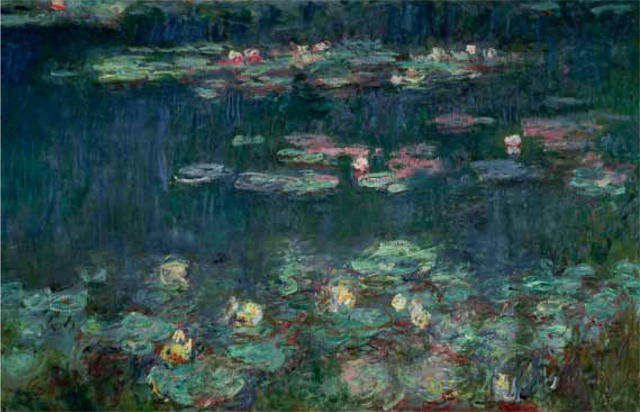
Lulu chooses her favourite painting for Country Life.
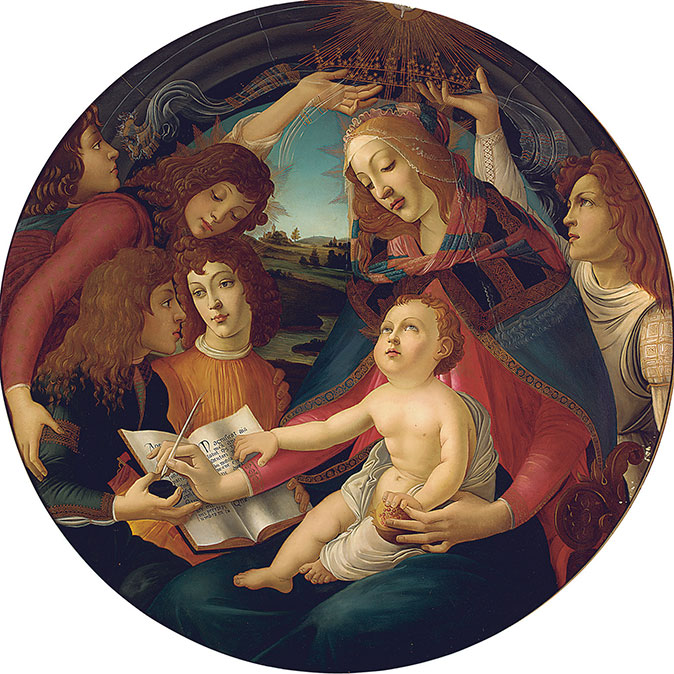
Credit: Bridgeman Images
My favourite painting: Mark Price
'The picture reminds me of her: I swear she is an angel.'
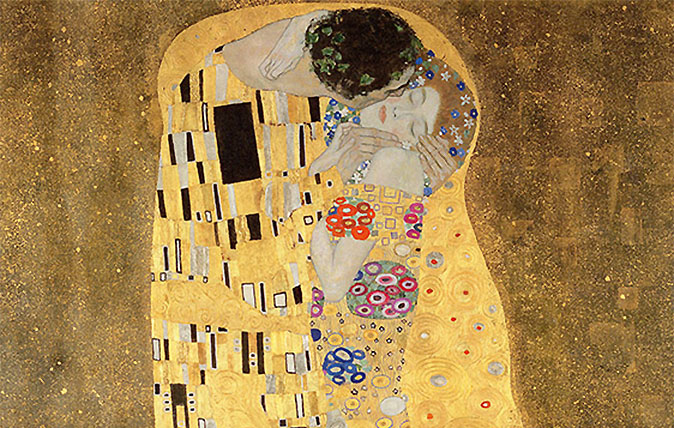
Credit: The Kiss - Gustav Klimt
My favourite painting: Danielle Steel
Danielle Steel, the world's top-selling fiction writer, admits that 'Klimt stole my heart' with this wonderful work.
Country Life is unlike any other magazine: the only glossy weekly on the newsstand and the only magazine that has been guest-edited by His Majesty The King not once, but twice. It is a celebration of modern rural life and all its diverse joys and pleasures — that was first published in Queen Victoria's Diamond Jubilee year. Our eclectic mixture of witty and informative content — from the most up-to-date property news and commentary and a coveted glimpse inside some of the UK's best houses and gardens, to gardening, the arts and interior design, written by experts in their field — still cannot be found in print or online, anywhere else.
